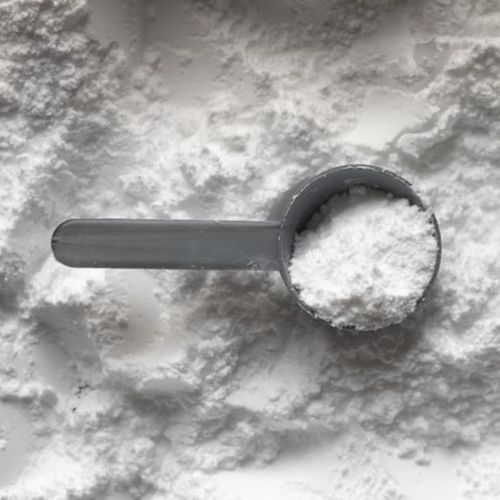Air-based Meat? Pulling Protein From Thin Air
Sep 07, 2022 · 2 mins read
0
Share

You’ve heard of plant-based meats, the culinary craze of vegetable protein pieces designed to look and taste like meat? It's a viable, tasty and cruelty free alternative, but does present its own environmental challenges. What about pulling protein from thin air?
Save
Share
Finnish food-tech company Solar Foods are doing just that. Using a bioreactor and the process of fermentation, since 2017 they have been harvesting edible calories from hydrogen microbes captured from thin air.
Save
Share
Water is split using electrolysis and soil-based bacteria cells are fed C02, Hydrogen and nutrients. The resulting foodstuff is a complete protein, nutritious, and neither plant nor animal based. It may change the way we think about food forever!
Save
Share
If feeding the world from thin air sounds like science fiction to you, you'll be surprised to learn the process has been studied since the 1960s. Originally developed for use in the space industry, scientists foresaw the advantages of producing protein without the use of land.
Save
Share
The human body requires between 45 and 55g of protein daily, depending on factors like sex, height, weight, and activity level. An estimated 1 billion people worldwide suffer from protein deficiency causing malnutrition, obesity, and disease.
Save
Share
The substance produced by Solar Foods is called Solein. Described as mild or neutral, Solein is a nutritious and sustainable protein powder capable of carrying any flavour. As Solar Foods put it, it ‘tastes like anything’, making it accessible to all regions and all palettes.
Save
Share
If the energy used to drive the process is renewable, Solein is capable of near zero greenhouse emissions, remarkable for an end product of over 65% protein. A fraction of the cost of nourishing cattle to slaughter, farm foods are more energy efficient even than photosynthesis!
Save
Share
Microbial protein technology may be years away from competing with soya as the worlds most consumed protein, but it already is the most sustainable, several times more efficient to produce than soya and using just a tenth of the water resources.
Save
Share
If our efforts to reduce carbon emissions and provide balanced nutrition to the most deprived regions in the world are serious, farm free foods are the future. Fermenting protein instead of raising livestock saves land, water, and energy.
Save
Share
Solein and similar solar foodstuffs have the potential to have a huge impact on world hunger.
Thanks to space age ideas and advances in technology, making our meals out of thin air may be the way forward to a healthier, more sustainable, and more equitable world.
Save
Share
0